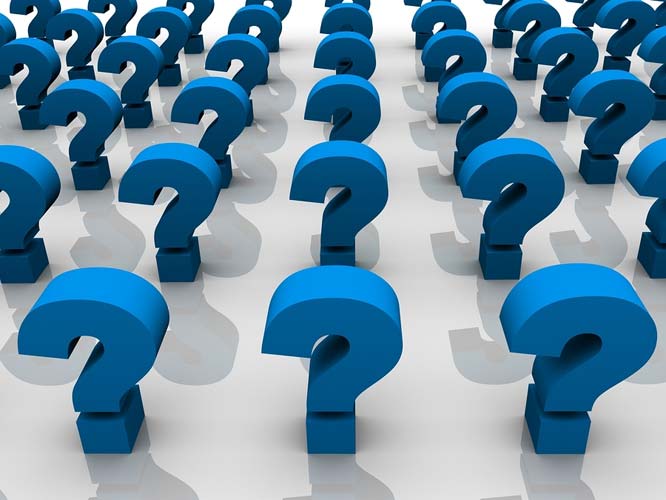
Let's stop and figure out what the presidential polls are telling us and what they can't tell us.
Right now, Hillary Clinton has a solid lead. This is according to four constantly updated "poll of polls" sites -- that is, compilers of polling averages. HuffPollster's current estimate has Clinton's lead at 6.0 percentage points. The Real Clear Politics average gives her an edge of 4.8 points. The New York Times has her leading by 5 points, and FiveThirtyEight's "nowcast," which looks at the polls to date rather than projecting to November, has her up by 4.7 points.
So is it over? Absolutely not.
It's still very early. Both candidates are still consolidating support from voters within their own parties who opposed them in the nomination stage. The conventions usually play a prominent role in this process. So far, Donald Trump isn't doing quite as well among Republicans as Clinton is among Democrats.
With a normal candidate, we could expect that gap to even up soon. But with Trump, who knows? It's plausible that the Republican convention will successfully persuade the party's Trump skeptics to get on board with the ticket. It's also possible that many in this group just can't be won over or that the convention Trump is planning (which appears to be in some disarray so far) will fail to achieve what it could achieve.
It's also possible that outside events could affect the election in November. But nothing that has happened recently seems likely to. Britain's vote to withdraw from the European Union may or may not have an impact on the U.S. economy but this appears unlikely to be felt as a sudden cataclysm in the next few months. (Recall, though, that the beginnings of the slowdown that became the 2001 recession may have cost Al Gore some votes in 2000.) Other events might have a more immediate impact on voter reaction, but we can't predict what form that will take.
Basically, if Clinton still leads by some five or six percentage points or more by Labor Day and if we trust those polls, it's unlikely Trump would win. But it's not Labor Day yet.
Could the polls be incorrect?
The Upshot's Nate Cohn has an excellent overview of how individual polls can be wrong. That is why everyone recommends using the polling averages.
For the averages to be wrong, something systematic would have to be happening that standard practices miss. Since both candidates are unusual (Trump for lots of reasons, Clinton as the first female major-party nominee), the chance that pollsters will miss something is even larger than usual.
There's talk about hidden Trump voters, who supposedly will not admit they support a candidate campaigning on bigotry. This is plausible, even if there's no evidence so far that such a hidden pool of voters exists. Trump generally did a bit worse than polls predicted during the primaries. Still, it's possible these voters will show up in the general election.
Some people may tell pollsters they support Hillary Clinton even though they secretly don't want to vote for a woman as president. There just as easily might be some who say they support Trump, but really want to take advantage of the opportunity to vote for a woman.
Differences in the quality of the two campaigns might also play a role. With Trump so far behind in putting together an organized campaign, Clinton might have a bigger advantage than one party's presidential candidate usually has in getting voters to the polls. It's less clear how that would show up in polling: Would Clinton's total be better than polls predict because her turnout would be higher? Or would frequently contacted Clinton backers appear to be more likely to vote, perhaps more likely than they really are?
Other factors include the decline in polling response rates, a long-term trend that has continued during this cycle. At some point this problem might prove insurmountable for even excellent pollsters to work around. It's also possible that something about 2016 will mess with normal turnout estimates in ways that systematically cause the polls to be biased.
It's highly unlikely that any of these things would move the polls by more than two or three percentage points. Nor can we know whether any of them are real until the actual votes are counted: If we did, then pollsters could adjust for them. So while it's good to remember that polls can be wrong, beware of any assertions that they are definitely wrong. Once again: The polls were pretty good during the primaries this year.
Most likely, Trump really does trail by five or six points or so right now, with one big chance to catch up --- by using the convention period to rally Republicans behind him.
Comment by clicking here.
Jonathan Bernstein, a politicial scientist and author, is a Bloomberg View columnist.



 Contact The Editor
Contact The Editor
 Articles By This Author
Articles By This Author